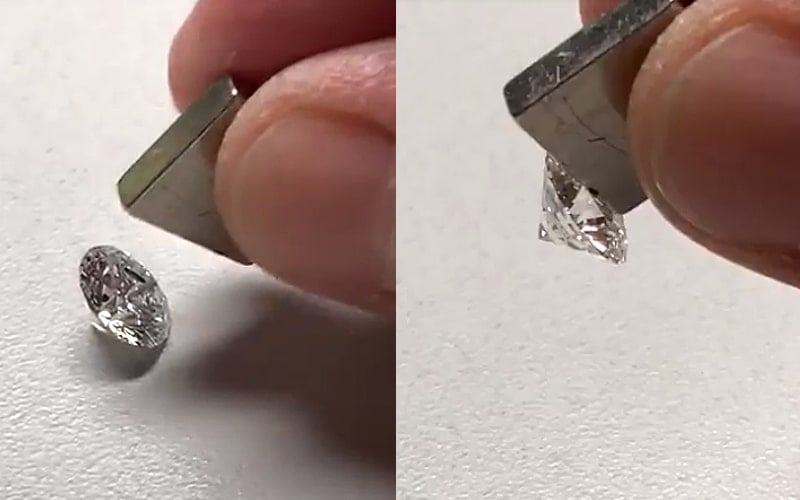
Lab grown diamonds have revolutionized the jewelry industry, offering consumers stunning alternatives to mined diamonds. While they share the same physical and chemical properties as natural diamonds, there are distinct characteristics that can affect their appearance and value, notably inclusions. This article delves into the nature of inclusions in lab grown diamonds, their implications for quality, and what consumers should consider when purchasing these gems.
What Are Inclusions?
Inclusions are internal flaws or imperfections within a diamond. They can occur during the diamond’s formation, whether natural or synthetic, and can take various forms, including:
- Mineral Deposits: Tiny crystals of other minerals that become trapped within the diamond.
- Bubbles: Gas-filled cavities that may form during the growth process.
- Feathers: Hairline fractures that can affect the diamond’s integrity.
- Clouds: Groups of tiny crystals that can create a hazy appearance.
While some inclusions are barely visible, others can significantly impact the diamond’s clarity, beauty, and value.
Inclusions in Lab Grown Diamonds vs. Natural Diamonds
1. Formation Process
Lab grown diamonds are created under controlled conditions, using methods like High Pressure High Temperature (HPHT) or Chemical Vapor Deposition (CVD). These processes can lead to fewer inclusions compared to natural diamonds, which form over millions of years in unpredictable environments.
2. Quality Control
Lab grown diamonds undergo strict quality control measures. Jewelers can monitor the growth process closely, often producing diamonds with higher clarity ratings. Many lab grown diamonds feature fewer or less noticeable inclusions than their mined counterparts.
3. Types of Inclusions
While lab grown diamonds can have inclusions, the types and prevalence may differ from those in natural diamonds. For instance, lab diamonds might show more consistent patterns of inclusions due to the uniform conditions of their creation.
Evaluating Inclusions: The 4 Cs
When assessing any diamond, including lab grown ones, consumers should consider the 4 Cs: Cut, Color, Clarity, and Carat weight. Inclusions primarily affect the clarity of the diamond.
1. Clarity Ratings
Diamonds are graded on a scale from Flawless (no inclusions visible under 10x magnification) to Included (inclusions visible to the naked eye). Lab grown diamonds often achieve higher clarity ratings, making them visually appealing.
2. Visual Impact
Even minor inclusions can impact how light interacts with a diamond, affecting its brilliance and overall appearance. Consumers should examine diamonds closely to understand how inclusions might influence their choice.
Choosing the Right Lab Grown Diamond
1. Prioritize Clarity
When selecting a lab grown diamond, consider the clarity grade. While a diamond with some inclusions may be more affordable, those with higher clarity ratings will typically display better brilliance and fire.
2. Seek Certification
Always choose lab grown diamonds that come with certification from reputable gemological labs, such as the Gemological Institute of America (GIA) or the International Gemological Institute (IGI). These certifications provide detailed information about the diamond’s clarity, including the nature and location of any inclusions.
3. Personal Preference
Ultimately, the choice of inclusions comes down to personal preference. Some buyers may prioritize perfection, while others might appreciate the unique characteristics that inclusions can provide.
Conclusion: Understanding Inclusions in Lab Grown Diamonds
Inclusions play a crucial role in determining the quality and value of lab grown diamonds. By understanding what inclusions are, how they differ from those in natural diamonds, and their impact on clarity, consumers can make informed decisions when purchasing these stunning gems.
Lab grown diamonds offer an ethical and often more affordable alternative to mined diamonds, and with fewer inclusions on average, they provide a beautiful option for those looking to invest in lasting jewelry. As the market continues to grow, knowledge about inclusions will empower consumers to choose the perfect lab grown diamond for their needs.














